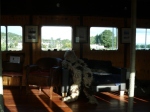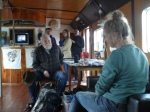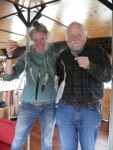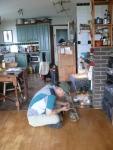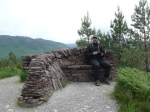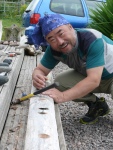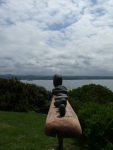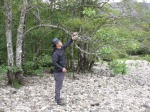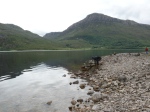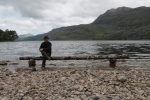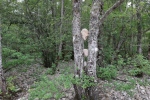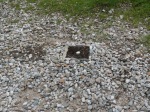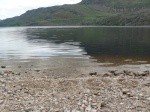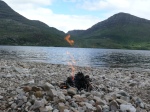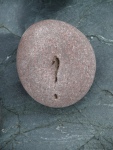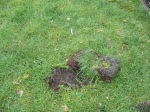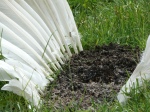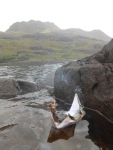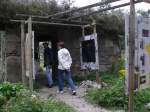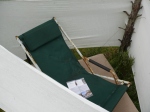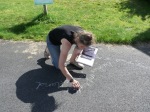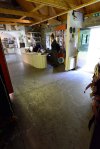Vicky Stonebridge

In the first days of Ceangal 2013 we went for excursions around the area, we talked to the visiting artists about history, politics, culture, heritage, environment, people and landscape. In Gairloch there was a ceilidh, the whirling figures became ghostlike blurs in photographs, a metaphor for our own fleeting lives in this place, and also of the peoples, communities and cultures which came before us. I started making dancing figures in various locations around the reserve, using unfired wet clay, which would quickly disintegrate and fade back into the earth as people do, like the blurred dancers who fade away home at the end of the ceilidh. As I worked the figures started telling their own stories instead of just dancing. Our lives now are all full of global information, we all are so busy, living in our own heads, which are full of lists, chores and clutter. It is easy to dash through the stunning glens and forests without stopping to look, to listen, to absorb, to communicate or connect. By placing figures in this landscape I am forcing myself to stop and take a moment, to explore more, to clear my own head. These little clay people are also inviting you, and other people to do the same. It would be easy to miss these clay people, just as it is easy to miss a bright flower, bird, dragonfly or patterned lichen.
Are these figures happy or sad? Without gender or race or age specified, who are they? Are they together in clans, or apart, isolated in a crowd? Are they dancing, or fighting? Do they come to celebrate the land, or to spoil it? Which one is you? Which one would you like to be? Are they climbing up to help each other, to work together, play, learn, create, and evolve collectively? Or are they exploiting and climbing over each other in a race to the top? How do they make you feel? If you found them in the woods, would you laugh, be annoyed or uncomfortable? Would you leave them there, move them or destroy them? Who are they, how do they connect to each other, how do we connect with each other? Who are the people you carry in your head, who are you connected to in your lives? How do you relate to the world about you? When was the last time you stopped and sat on a rock to look, to listen, to absorb, to communicate, to connect?
http://www.balnacra.com/
